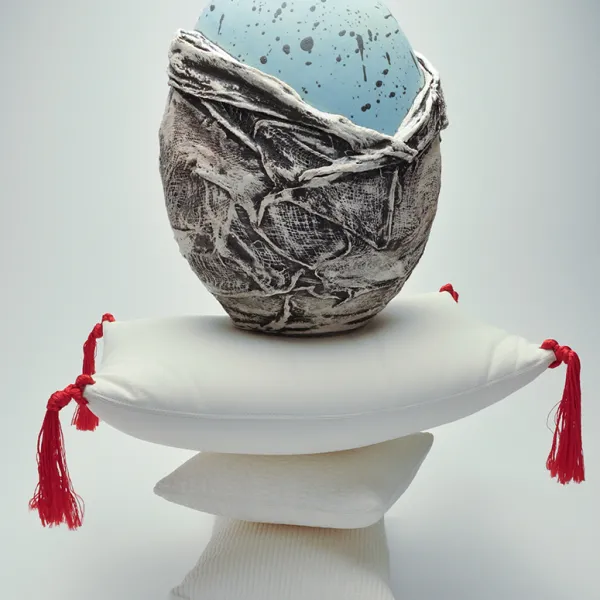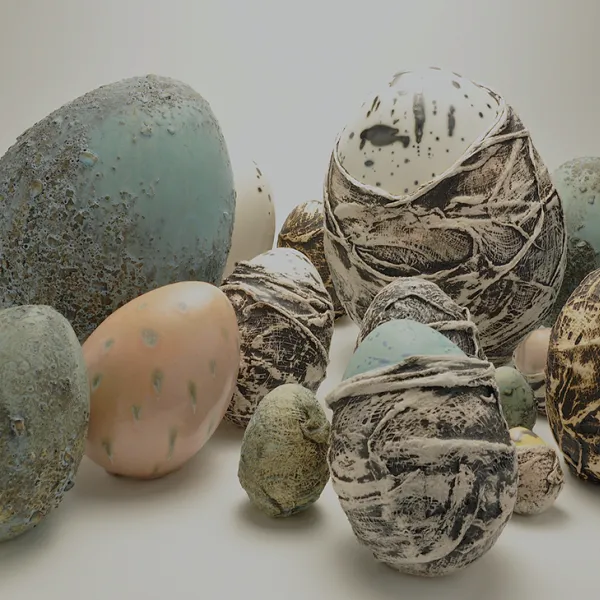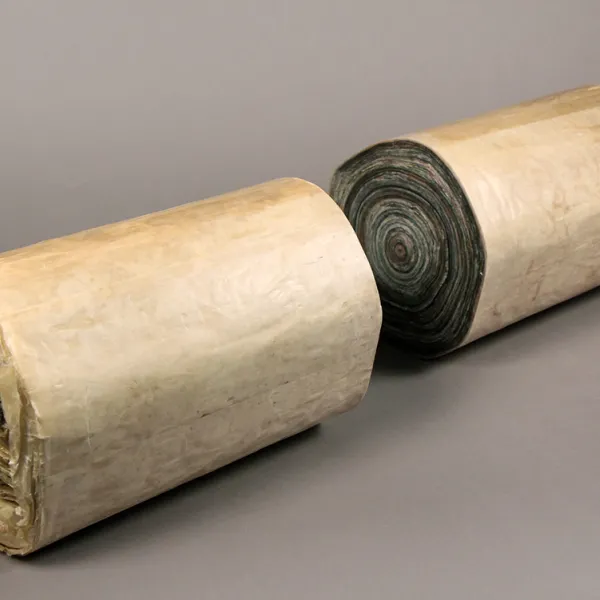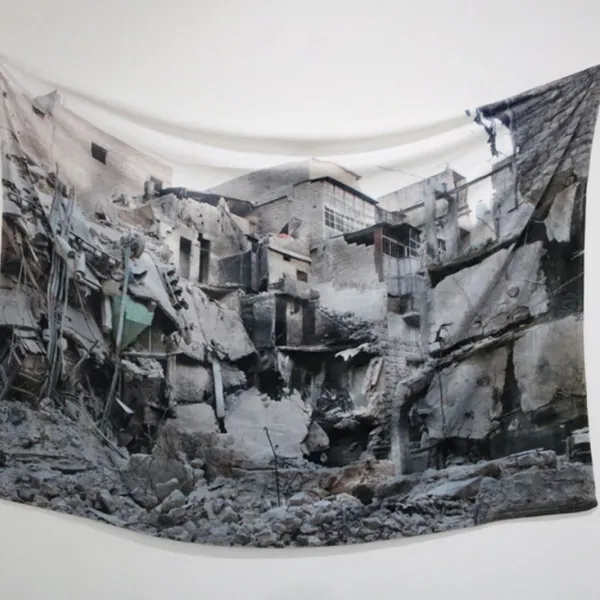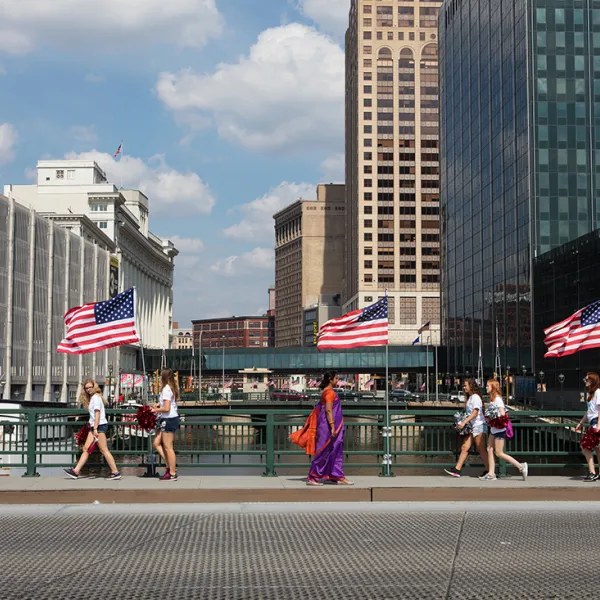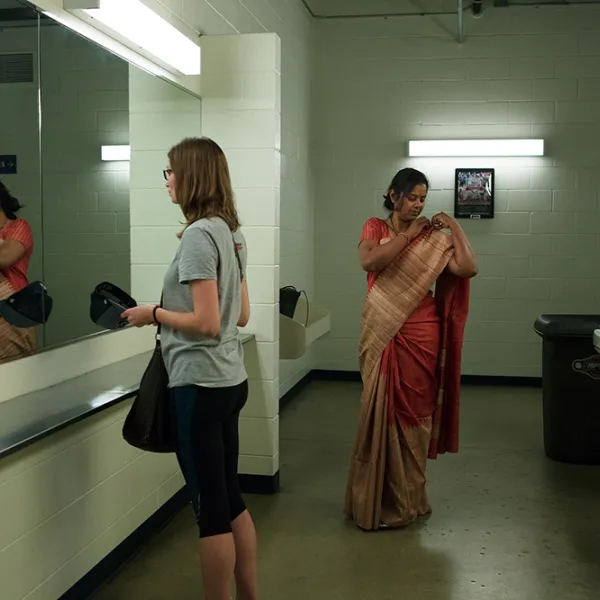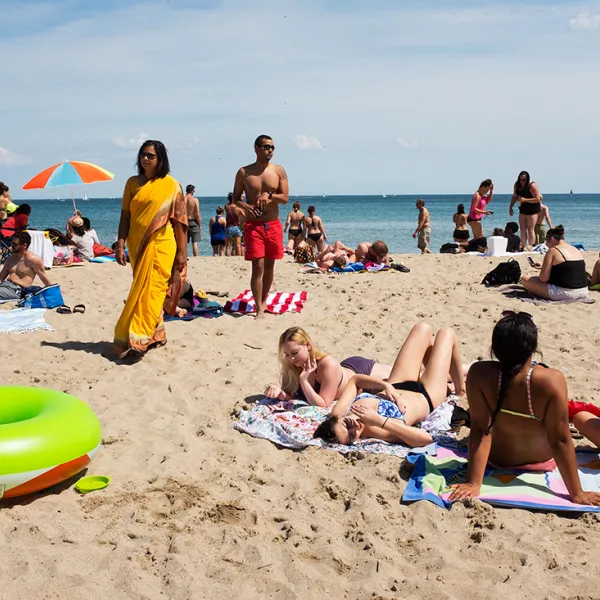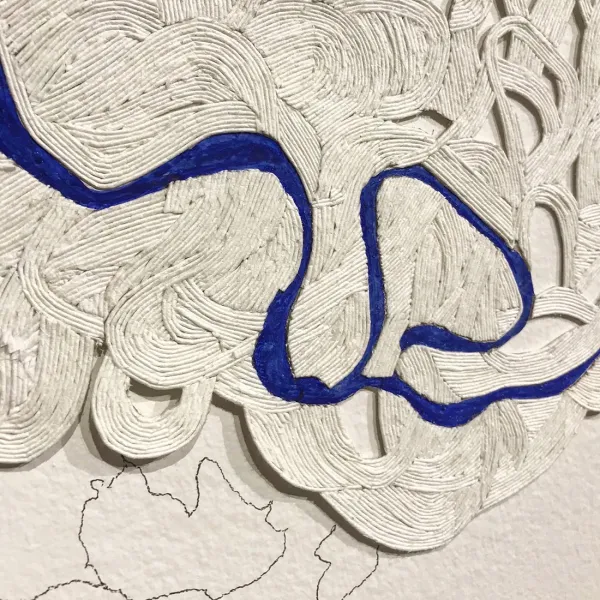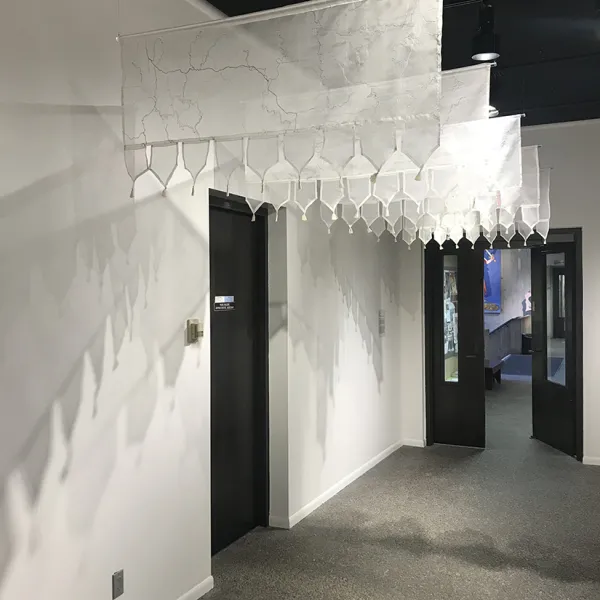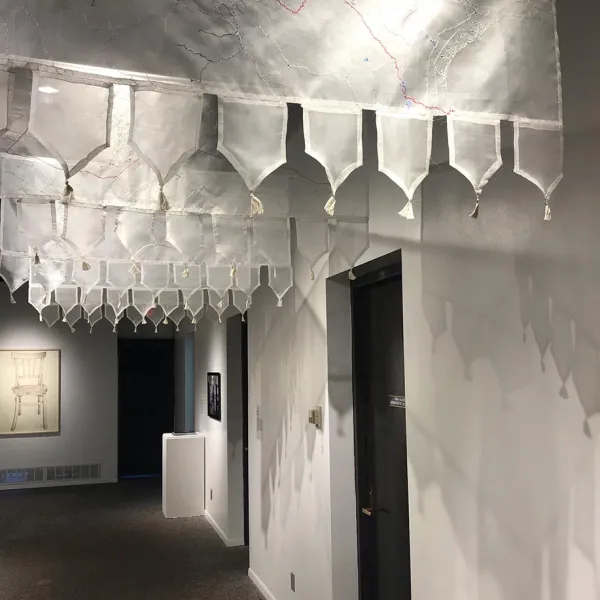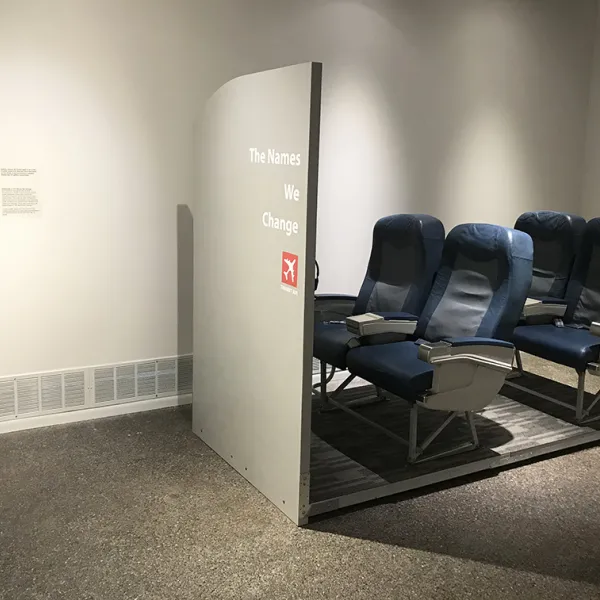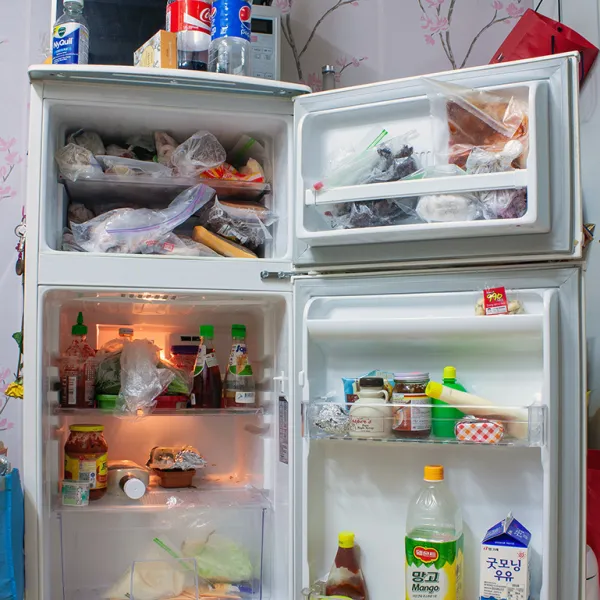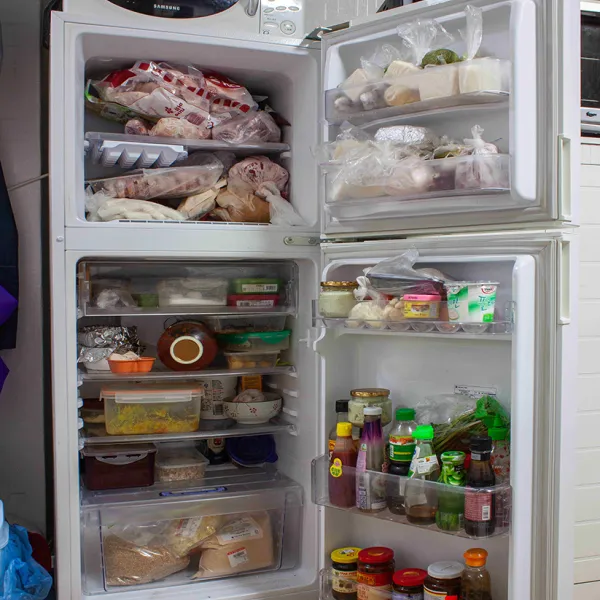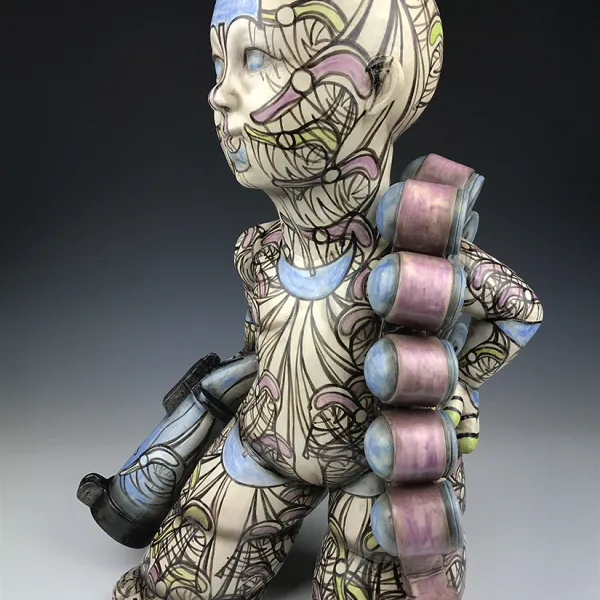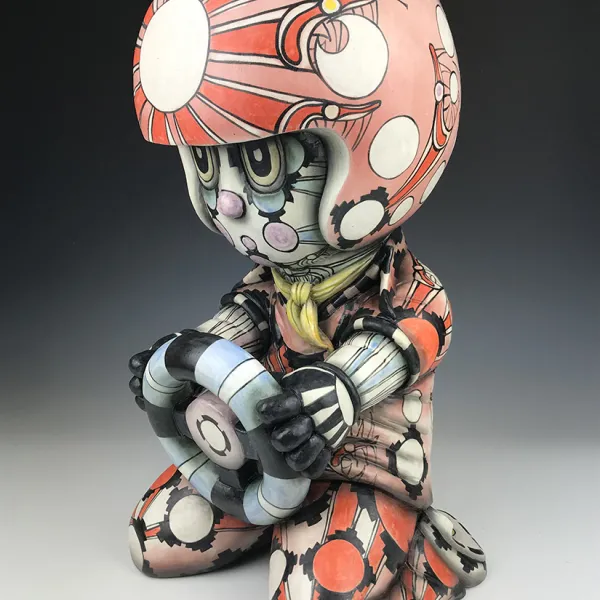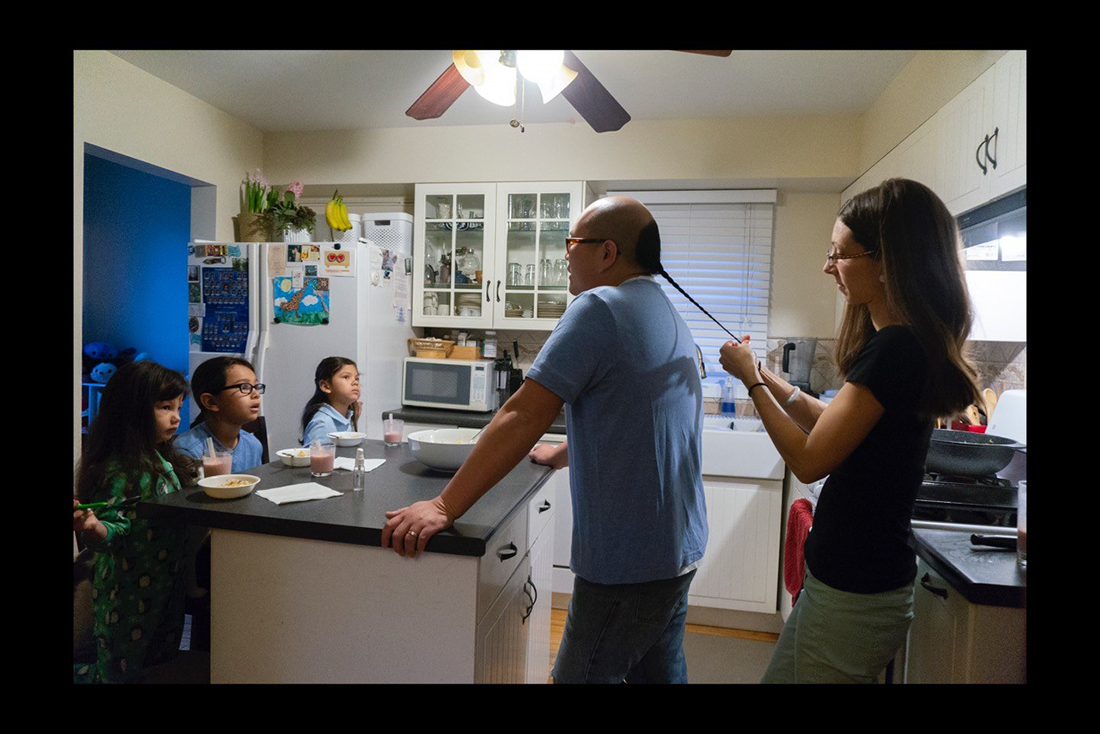February 8, 5-7 p.m.
Cartography of Desire features 12 artists from 10 different geo-political locations. Taken together, they render visible a landscape where centers of power shift from controlled, illusory borders and the flattening effect of normative map-making, to a realm where the contours and profiles of place are shaped by each artist’s personal area of concern. These areas of concern range from issues of social justice, environmental activism and food to bearing witness at the border and bearing witness at home. The artists explore the threat of ambiguous objects and the tension between staying or going; they ponder the undeciphered body of text and the body as container, defined by its own written history. For these artists, the epicenter of significance could as easily be inside a refrigerator as alongside a refugee. In this world, structures of power give way to expressions of desire, the fusion of histories and dreams, where the false certainty of the map dot becomes an existential topography of wayfinding and place-making.
If maps structure, and at times constrain our knowledge, the work of these artists proposes alternate landscapes; the textured contours of a vibrant, and at times troubled world.
Related Events:
March 7, 2020
10am: "Object Lessons" – Fifth Annual Art Historians of the Twin Cities Symposium
1 pm: Conversation with the Curators of Cartography of Desire
As an object-based discipline of inquiry, art history asks and answers why works of art look the way they do. The Art Historians of the Twin Cities Fifth Annual Symposium aims to consider how we interact with art today and how approaches to the object have changed in recent years. Following papers in the morning by Dr. Jessica M. Dandona, Dr. Erika López Prater, and Hanna Stoehr, we will hear from Katayoun Amjadi and John Schuerman about Cartography of Desire. They will discuss the relational and conceptual dimensions of their approach to curating artworks that are both containers of lived experience and points of departure for new ways of knowing. The struggle to make sense of art in our time invites historical reflection on the freighted political entanglements of social relationships around and through works of art. What might such object lessons tell us about desire, loss, and bearing witness?
Free and open to the public. Visitors are welcome to attend throughout the day as their schedules allow.
Co-sponsored by the Minneapolis College of Art and Design, the Art Historians of the Twin Cities, The Catherine G. Murphy Gallery and the St. Catherine University Art and Art History Department.
STATEMENT BY THE CURATORS
“Seeing the entire world as foreign land makes possible originality of vision. Most people are principally aware of one culture, one setting, one home; exiles are aware of at least two, and this plurality of vision gives rise to an awareness of simultaneous dimensions, an awareness that—to borrow a phrase from music—is contrapuntal.” – Edward Said, Reflections on Exile
The work gathered in Cartography of Desire represents a longer arc of curatorial projects that found their origin in 2016 with Transplant Eyes, an exhibition featuring nine foreign-born, U.S.-based artists who were making artwork exploring issues of transnational identity and home in a new country. The show was designed to share the expressions and insights of artists with contrapuntal perspectives, to reveal a worldview that suggests a plurality and diversity mediated by the artists’ lived experiences in a host country.
Transplant Eyes received invitations to exhibit in museums and art galleries throughout the Midwest. In 2017, we staged the second version of the show at Walker’s Point Center for the Arts in Milwaukee. The 2016 exhibition occurred shortly before the 2016 election, and the Milwaukee version of the show was on view after the current administration took office. The simultaneity of these shows in the changing and increasingly polarized American political landscape offered a sense of timeliness and solidarity, yet it also challenged us to review the focus of the show as it relates to identity politics. As we began to consider future curatorial iterations of Transplant Eyes, our concerns were multi-layered: the possible perception that the show and its artists might be viewed as timely opportunism, and thus tokenistic, and further, in a world troubled by left/right politics, this exhibition could be seen as another form of segregation or exclusion. It was clear that we had arrived at a juncture where it was important to redefine the show for specific institutional settings in order to mediate some of these concerns.
The exhibition 1 Roof 2 Airs, recently on view at the South Dakota Art Museum, became the third variation on this work. This show opened in November 2019 and was presented in conjunction with the exhibition, Afghan War Rugs: The Modern Art of Central Asia. 1 Roof 2 Airs shifted the focus from identity politics to artists who have personal histories with countries in conflict in the Greater Middle East. Many of these artists left their homelands in part due to war and political turmoil, and their work carries that history forward in stories of loss, personal reformation, and revival of tradition. This body of work moves from the negotiation of identity to reflections on the nature of conflict and global politics, while still carrying the “plurality of vision” of foreign-born artists.
While Transplant Eyes was shaped by identity negotiation in the context of the politics unfolding in 2016-17, and 1 Roof 2 Airs sought to explore the work of artists from the war-torn regions of the Greater Middle East, Cartography of Desire aims to de-limit the show’s agenda and explore the wide-ranging concerns of contemporary, multicultural American artists. In this exhibition, the artists address personal, local, national and global topics. Their work draws attention to the networks and connections as well as the texture and contours of the human enterprise. It is a kind of existential mapping—a cartography of simultaneous dimensions, imbued with memory and nostalgia, yet also anticipation, hope and determination. The title, Cartography of Desire, suggests both a global map of origins for the artists as well as the expansive range of subject matter explored in their artwork. ‘Desire’ signals the heartfelt, yearning, and intentional human action that led the artists to where they are physically, socially and psychologically. It speaks to the unresolved domains they are exploring as artists in the social-global web in which we live. The artists in Cartography of Desire take on global issues that have local equivalents and vice versa: environmentalism, border violence, political iconoclasm, identity and human rights are explored by this group of foreign-born and first-generation artists making their home and art in a new country. They bring to bear their plurality of vision to concerns close at hand and far afield. Their work offers a fertile territory to occupy, which is at once hybrid, fluid and vital; it proposes a contrapuntal awareness where creativity and imagination convene.
– Katayoun Amjadi and John Schuerman, Curators

Click the button below to see the video interviews compiled for Katayoun Amjadi's installation, The Names We Change: Transit-Air. Still images of the installation can be viewed below.
Image Gallery
Click an image to view in larger size
